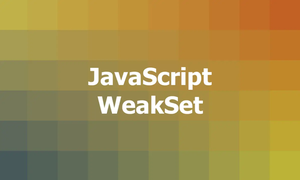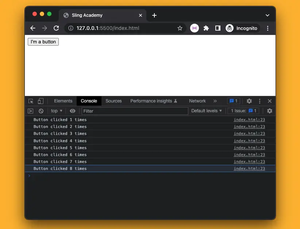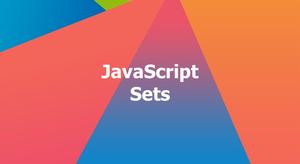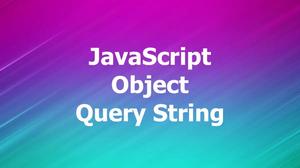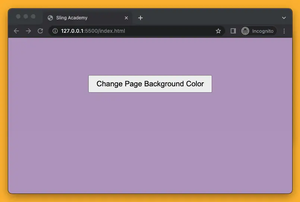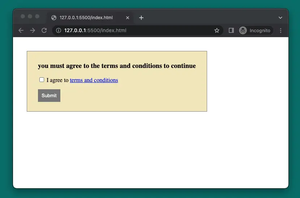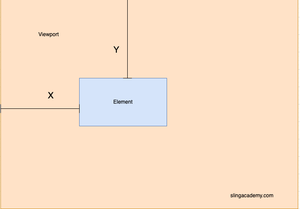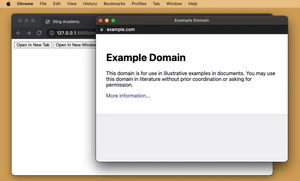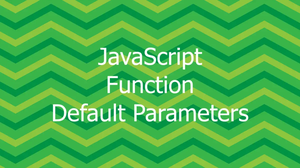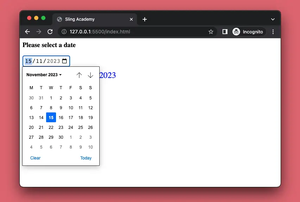JavaScript click events are fundamental to creating interactive web applications. They allow developers to make objects on a webpage actionable, thereby improving user interaction.
Understanding JavaScript Click Events
A click event is triggered when a user clicks on an element, such as a button. This event can help perform various activities like submitting a form, toggling a menu, or updating content dynamically.
Basic Click Event Handler
The foundation of using JavaScript to respond to clicks is to create an event handler. This function will execute every time the specified event occurs.
Here's how you can create a simple click event handler in JavaScript:
// Select the button element
document.getElementById("myButton").onclick = function() {
alert("Button was clicked!");
};In this example, when the button with the ID "myButton" is clicked, an alert message is shown. This snippet effectively attaches an anonymous function to the button's onclick event.
Advanced Event Listeners
Using addEventListener provides greater flexibility as it allows multiple event handlers to be registered for the same event type on a single element.
Consider the following example:
// Select the button element
const btn = document.querySelector("#myButton");
// Define the event handler
function eventHandler() {
console.log("Button clicked!");
}
// Attach the event handler to the button's click event
btn.addEventListener("click", eventHandler);This code snippet demonstrates attaching a named function, eventHandler, to a button's click event. You can attach multiple handlers, enhancing flexibility.
Different Ways to Attach Click Events
There are several ways to attach click events in JavaScript:
- Inline HTML events using
onclick="handlerFunction()" - Using DOM property
element.onclick = handlerFunction; - Leveraging
element.addEventListener('click', handlerFunction);
While inline HTML events are quick and simple, they mix JavaScript with HTML, affecting code readability and separation of concerns. Applying event handlers via JavaScript is the preferred practice for clean, maintainable code.
Removing Event Listeners
There might be scenarios where you need to remove an event listener. The removeEventListener method is used for this purpose.
// Remove the event handler from the click event
btn.removeEventListener("click", eventHandler);It's crucial to note that the function used to remove the event listener must be the same as the one added.
Creating Dynamic Content
Click events are not limited to static elements; they can add or modify elements dynamically. Consider this example where clicking a button adds a new list item:
// Button to add a new list item
const addButton = document.getElementById("addItem");
addButton.addEventListener("click", function() {
const ul = document.getElementById("itemList");
const li = document.createElement("li");
li.textContent = "New Item";
ul.appendChild(li);
});This code snippet dynamically adds a new list item to an unordered list each time the button is clicked.
Practical Tips
- Ensure that your DOM elements exist before applying event listeners by placing your scripts just before the closing
bodytag or encapsulating your code in awindow.onloadhandler. - Use delegation for elements created after the DOM is loaded by attaching events to a parent or document body.
Conclusion
Mastering JavaScript click events is integral to enhancing user experiences in web applications. Whether you're starting with basic options or exploring advanced approaches like event delegation and dynamic content generation, understanding click events lays the foundation for creating sophisticated interactions in your web projects.

